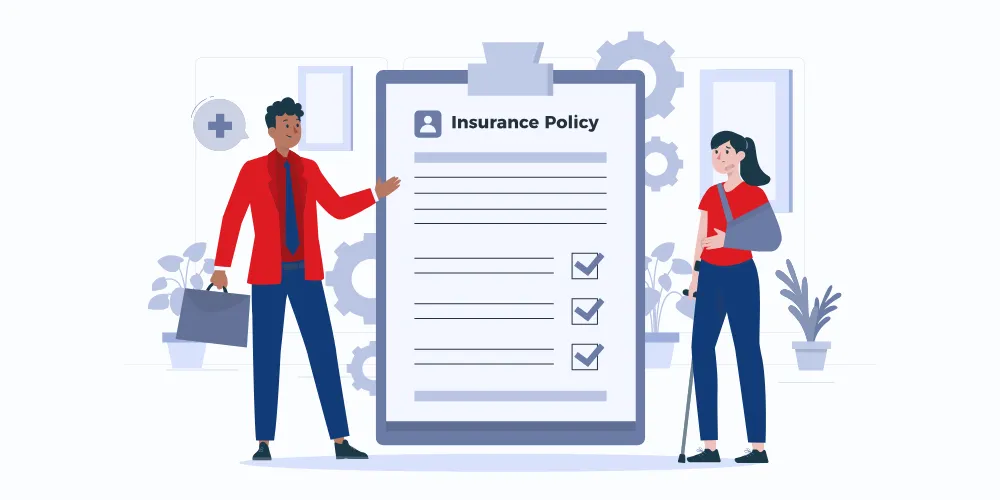Outside sales compensation refers to the pay structure designed for field sales representatives who meet clients face-to-face. It typically includes a base salary, commissions, bonuses, and performance-based incentives, aligning earnings with sales outcomes to motivate reps and drive revenue growth.
Comprehensive Guide to Outside Sales Compensation
- Sumeet Shah
- May 01, 2025
- 4 min read
- Last updated on Oct 30, 2025
Introduction to Outside Sales Compensation
Outside sales are crucial in expanding a company’s reach beyond its walls. They are the frontline warriors, engaging with clients face-to-face, closing deals, and driving revenue. However, with great responsibility comes the need for motivation and reward. This is where the concept of an effective outside sales commission structure becomes instrumental. The right compensation not only attracts talent but also retains and keeps them productive.
Difference Between Outside and Inside Sales
Understanding the distinctive nature of outside and inside sales is essential in designing an effective compensation plan. While inside sales operate from within the company's premises, focusing on telephonic and electronic sales techniques, outside sales personnel meet clients in person on the road. Due to these differing dynamics, outside sales compensation strategies often involve incentive-heavy structures. This approach acknowledges the autonomy of outside sales roles and compensates for travel and time investment.
Understanding the Outside Sales Commission Structure
The outside sales commission structure specifically caters to the unique challenges faced by outside sales reps. While typical compensation plans may blend salaried and commission elements, an outside sales rep commission structure is heavily weighted toward commissions. This model incentivizes sales reps to perform as their earnings directly correlate with their efforts and successes.
Common Outside Sales Commission Models
When examining various commission models, businesses often adapt based on objectives and industry type:
Straight Commission: In this model, reps earn purely from what they sell, making it a true 'outside sales commission only' approach. It drives high performance but can increase financial insecurity.
Base Salary Plus Commission: This model provides a stable base income while encouraging increased sales through commissions, reducing risk for the representatives.
Tiered Commission: This structure escalates commission rates as sales targets are achieved, motivating reps to exceed goals.
Creating Effective Outside Sales Compensation Plans
To carve out effective outside sales compensation plans, businesses must ensure:
- Clear Objectives: Define the business's goals, such as improving customer acquisition or increasing revenue per deal.
- Market Compatibility: Ensure that the compensation plan aligns with industry standards to attract top talent.
- Performance Metrics: Establish clear metrics to gauge success, focusing on measurable outputs rather than processes.
- Flexibility: Be ready to adjust plans as markets evolve, ensuring alignment with broader business goals.
Benefits and Drawbacks of Each Commission Structure
Every commission model carries its unique benefits and potential drawbacks. For instance, a pure 'outside sales commission only' model can lead to high turnover rates due to income instability, though it might suit industries with high earning potential. Conversely, a base-plus-commission structure offers job security but might not drive performance as aggressively. Understanding where each model fits best is key to leveraging strengths and mitigating weaknesses.
Challenges in Managing Outside Sales Compensation
Implementing an effective compensation plan is never without its hurdles. Some common challenges include calculating commissions accurately, maintaining fairness, and adapting to changing market conditions. To navigate these, businesses should invest in transparent systems, regularly review plans, and gather feedback from sales reps to identify areas for improvement.
Conclusion and Best Practices
An optimized outside sales commission structure can transform a company’s growth; however, it requires careful planning and consistent review. Best practices include maintaining transparency, aligning compensation with company goals, and fostering a supportive sales culture. By prioritizing these aspects, organizations can ensure that their outside sales teams are both motivated and successful.
Frequently Asked Questions
What is outside sales compensation?
How is outside sales compensation typically structured?
It often includes a mix of base salary, commission per sale, target bonuses, and non-cash perks. The structure may vary by industry but aims to balance fixed income with performance-based rewards, ensuring financial security and strong motivation to close deals.
What factors influence outside sales compensation plans?
Key factors include industry standards, territory size, sales cycle length, deal size, and individual or team performance metrics. Plans must comply with labor laws and remain competitive to attract and retain top talent in a dynamic sales environment.
How can companies optimize outside sales compensation?
Businesses can optimize plans by aligning them with clear performance goals, using tiered commission structures, regularly reviewing them for market competitiveness, and leveraging automation tools. Transparency and real-time tracking help motivate reps, reduce disputes, and improve sales performance.




